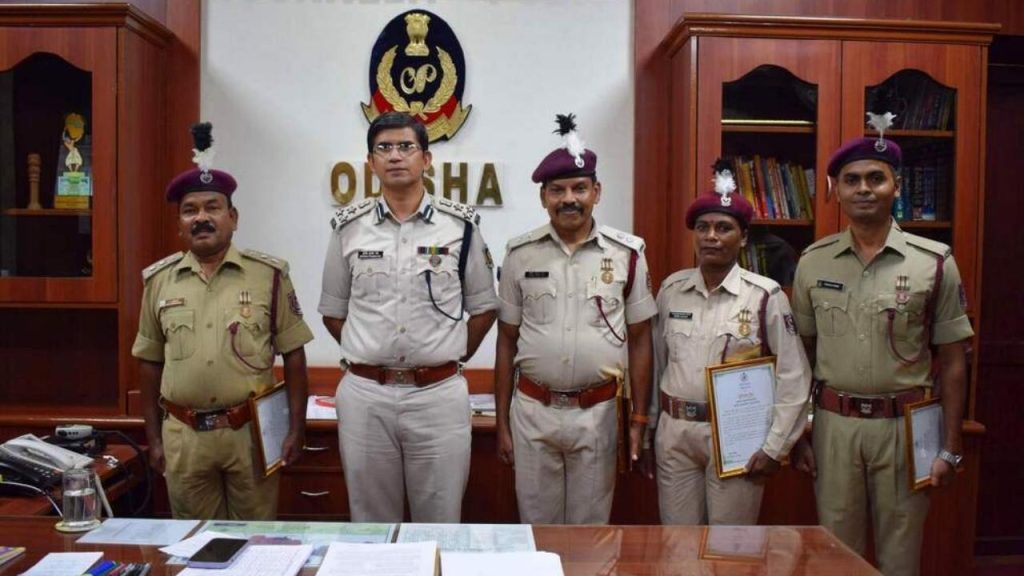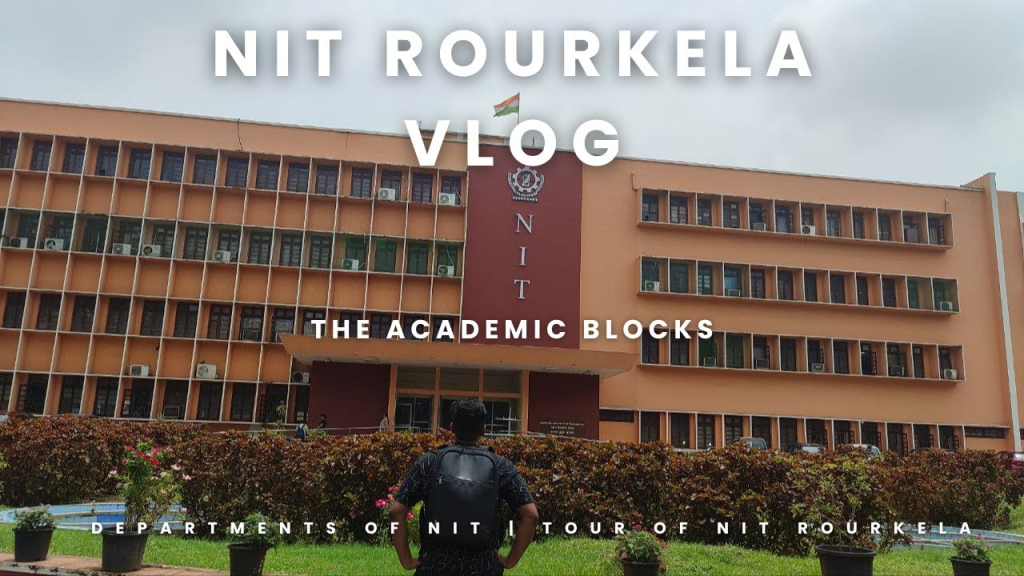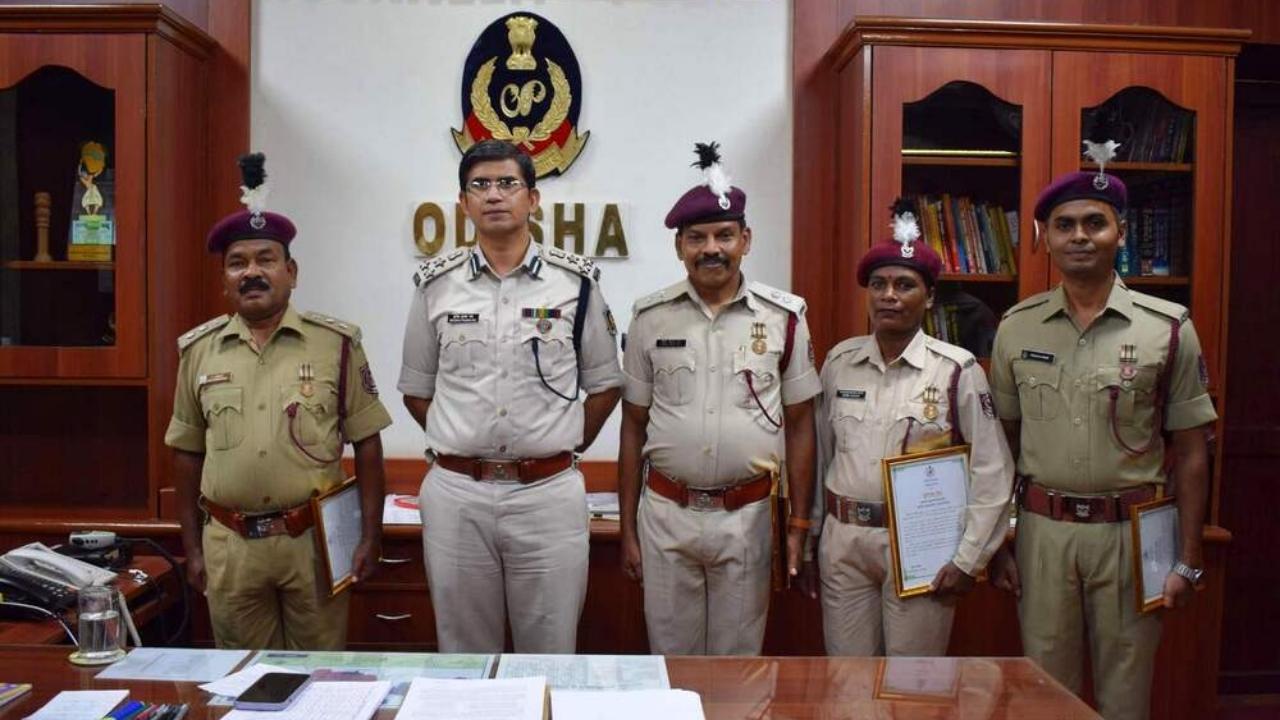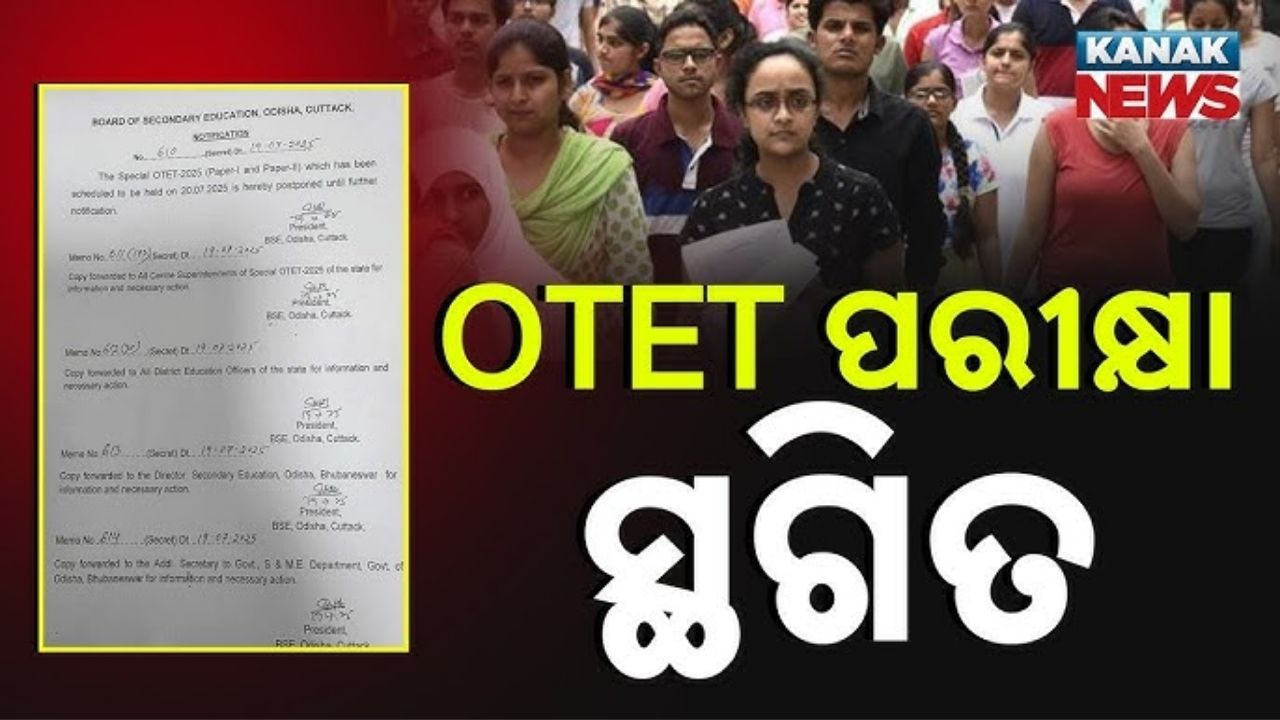In a groundbreaking initiative to modernize law enforcement, the Rourkela Police and the National Institute of Technology, Rourkela (NIT-R) have teamed up to bring cutting-edge technology to policing. This collaboration, cemented through a recent Memorandum of Understanding (MoU), aims to incorporate Artificial Intelligence (AI) and data analytics into daily policing activities. But what does this mean for the citizens of Rourkela and beyond? This article explores the details of the partnership, its implications, and the tangible benefits it will bring to both police officers and the community.

Rourkela Police and NIT-R Collaborate
| Key Area | Details |
|---|---|
| Partnership | Rourkela Police and NIT-R sign a MoU to enhance policing with technology, AI, and data analytics. |
| Technological Enhancements | AI, predictive policing, digital investigation tools, and an upgraded portal for FIR updates. |
| Skill Development | A training program for 200 police personnel on technology-based tools, digital investigation, and AI. |
| AI Integration | Future use of AI for predictive policing to prevent crimes before they happen. |
| Transparency | The Anusandhan portal provides real-time updates to complainants, ensuring transparency in investigations. |
| Ongoing Development | Continuous improvement of police tools by NIT-R to make police procedures more efficient. |
| Official Website | Rourkela Police |
This partnership marks a significant leap forward for the state of Odisha and sets a strong example for other regions to follow. By integrating AI and data analytics, this collaboration seeks not only to enhance the operational efficiency of the police force but also to build trust and provide transparent services to the public.
The collaboration between Rourkela Police and NIT-R is an exciting step forward in the modernization of law enforcement. By incorporating AI and data analytics, the initiative aims to create a safer, more efficient, and transparent police system. As technology continues to evolve, the possibilities for smart policing are endless. This partnership is an excellent example of how technology and innovation can be leveraged to improve public safety and community relations.
Introduction to AI and Data Analytics in Policing
Why AI in Policing?
AI and data analytics are becoming crucial tools in various industries, and law enforcement is no exception. The idea is simple but powerful: use data to predict, understand, and prevent criminal activity before it even happens. By analyzing patterns from previous crimes, geographic locations, social media posts, and more, police officers can make more informed decisions, improve crime prevention, and ultimately increase safety for everyone involved.
In Rourkela, the police department has realized the potential of these technologies and, in partnership with NIT-R, is actively working towards their integration. With AI, officers can anticipate crimes based on patterns, while data analytics helps in making decisions grounded in hard facts, rather than guesses or assumptions.

Data Analytics: The Power of Information
Think of data analytics as a magnifying glass for all the information that the police have. Just like how a detective pieces together clues from a crime scene, data analytics enables officers to review large volumes of data, detect trends, and identify emerging threats. For example, if there’s an uptick in petty thefts in a specific area, data analytics can identify this trend early, prompting more focused patrolling or targeted interventions.
By tapping into data from different sources such as CCTV cameras, social media, and previous crime reports, Rourkela’s police force is getting better at understanding how, when, and why crimes happen.
The Collaborative Effort: Rourkela Police & NIT-R
This collaboration is all about fusing academic excellence with real-world policing. NIT-R, one of the leading technological institutions in the country, brings its expertise in technology and innovation to the table. Their deep knowledge of AI, machine learning, and data analytics is now being put to use in the police force’s day-to-day operations.
How Does This Collaboration Work?
- Technology Integration: NIT-R has already developed several tools, including the Rourkela Police Website and the Anusandhan portal. These are designed to provide transparency and streamline police operations. The Anusandhan portal, in particular, ensures that complainants receive real-time updates regarding their FIRs, making the process smoother and more transparent.
- Training and Skill Development: To equip the officers with the necessary skills to operate these advanced tools, an intensive eight-day training program has been launched. About 200 police personnel will undergo this training, focusing on data analytics, digital investigation tools, and technology-enabled policing practices.
- Predictive Policing: One of the most exciting aspects of this partnership is the future integration of AI for predictive policing. The idea is to analyze trends, patterns, and other data points to anticipate potential crimes before they happen. This proactive approach helps in allocating resources efficiently, preventing crimes, and ensuring public safety.
- Ongoing Technological Advancements: NIT-R is continuously working on upgrading the systems to improve the Anusandhan portal and other tools. This ensures that police officers have the latest and most efficient systems at their disposal, thus optimizing their effectiveness.
Why Does This Matter to You?
Enhanced Public Safety
For the average citizen, this partnership directly impacts their safety. With predictive policing and faster responses to crimes, you can expect a more efficient and responsive police force. Crimes may be prevented before they escalate, and officers will have the tools and knowledge to solve cases more swiftly. This means safer neighborhoods and a stronger sense of security for the residents of Rourkela.
Increased Transparency
As citizens, it’s natural to wonder about the status of our complaints or investigations. Thanks to the Anusandhan portal, complainants will now receive real-time updates. This builds trust between the police and the public, as citizens can track the progress of their cases and see how seriously their complaints are being taken.
Trust in Technology
In today’s world, technology is everywhere, and it’s important that public services, especially law enforcement, keep up. This initiative shows that Rourkela Police is forward-thinking, adopting technology to improve their service and foster a better relationship with the community. As the technology improves, the entire region will benefit from more accurate crime data and faster resolutions.
What Does the Future Hold?
Looking ahead, the goal is to make Rourkela a model for smart policing. With AI, predictive analytics, and ongoing technological advancements, the future of law enforcement is in good hands. AI-driven analytics will not only help predict criminal activities but will also provide a data-driven approach to resource allocation, such as determining the areas that need more officers on patrol or where new infrastructure is required.
A Potential Model for Other Cities
While Rourkela might be the first in Odisha to undertake such a significant step towards technological integration, it’s only a matter of time before other cities across India—or even the world—adopt similar strategies. In fact, many developed nations have already incorporated AI into their police forces. The success of this collaboration could set a powerful example for cities looking to modernize their own policing systems.
Key Takeaways from the Collaboration
- AI and Data Analytics are revolutionizing how police forces operate, allowing for smarter, proactive policing.
- The Rourkela Police and NIT-R are leveraging these technologies to improve public safety, transparency, and efficiency in law enforcement.
- A training program is being implemented to equip 200 police officers with the necessary skills to utilize these technologies effectively.
- The Anusandhan portal ensures real-time updates on FIRs, boosting transparency and accountability.
Odisha Vigilance Raids Deputy Ranger, Seizes Rs 1.4 Crore, Gold Biscuits, and Coins
Odisha Government Enforces New Rule on Outsourcing Appointments, Finance Department Must Approve
FAQs
1. What is predictive policing?
Predictive policing uses data and algorithms to predict where and when crimes are likely to occur. It helps police officers take preventive measures before crimes happen.
2. How does AI help in policing?
AI helps police by analyzing large sets of data to find patterns, predict criminal activities, and allocate resources efficiently. It helps officers make more informed decisions.
3. How will the Anusandhan portal improve transparency?
The portal will provide real-time updates to complainants about the status of their cases, ensuring transparency and reducing any confusion or frustration.
4. Can other cities in India adopt this model?
Yes, the collaboration between Rourkela Police and NIT-R can serve as a model for other cities looking to modernize their policing through technology.





